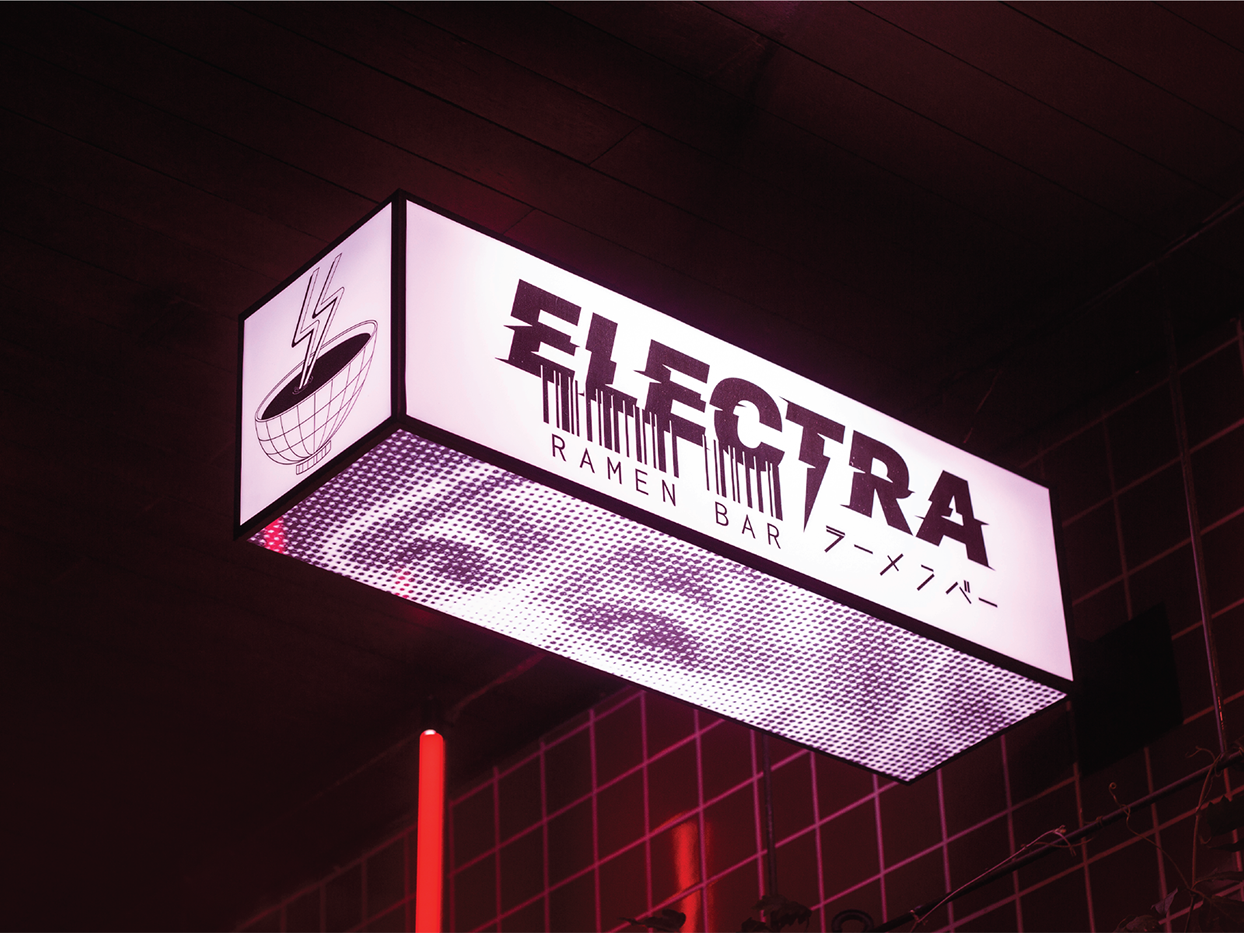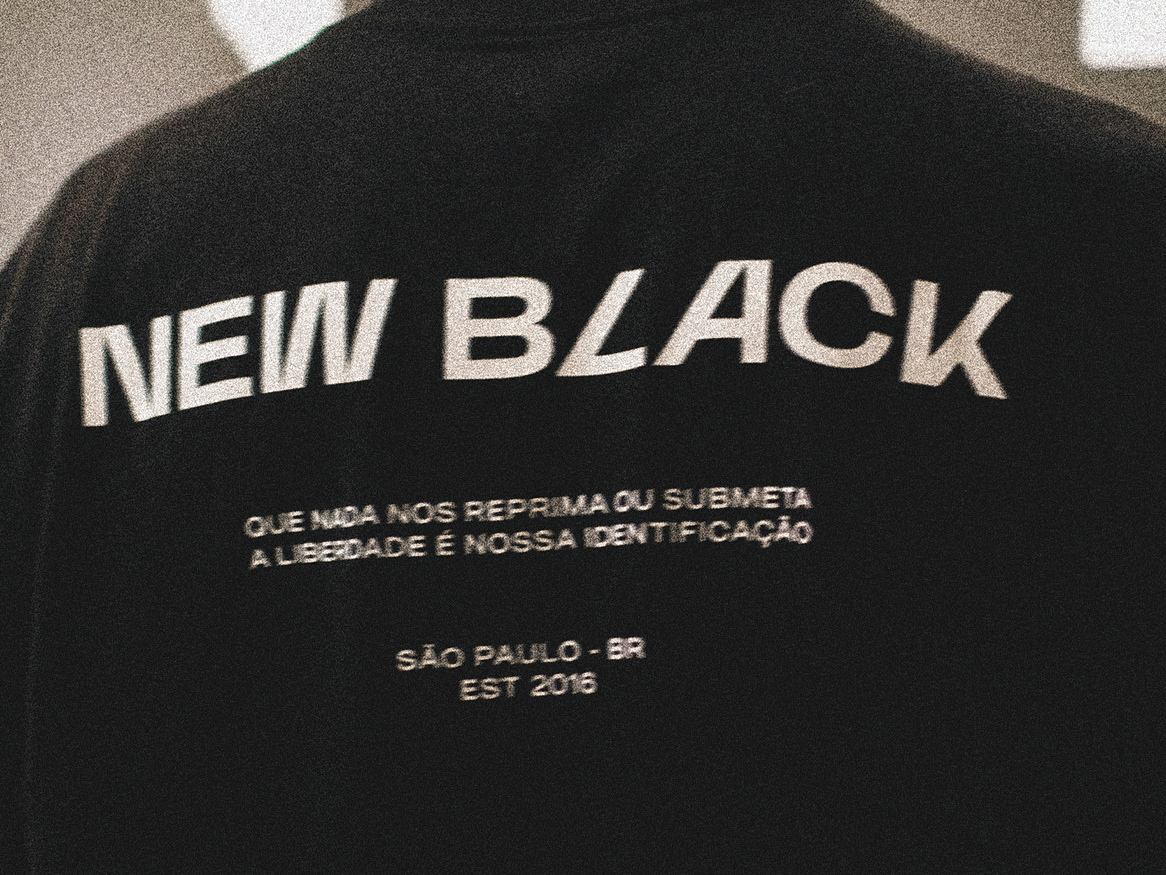DISCOVERY
Most of our research came from Instagram. The producers had a decent body of followers who represented exactly who they wanted to attract to their new venue. So we went ahead and gathered information about people's lifestyles, music tastes and culture.
This research proved fruitful, as we identified the messages the brand needed to convey:
"Cortex know me from way back"
appeal to the nostalgic days of dancing and listening to loud music.
appeal to the nostalgic days of dancing and listening to loud music.
"Cortex and I share the same culture"
the audience likes specific genres, which come with specific lifestyles.
the audience likes specific genres, which come with specific lifestyles.
"Cortex and I are in the same vibe and in the same life stage"
even though the references are from the past, this is a place for young adults.
even though the references are from the past, this is a place for young adults.
"Cortex want me to go out and have fun"
Cortex need to show the public there's still a good, comfortable option for them to go out and listen to good music.
Cortex need to show the public there's still a good, comfortable option for them to go out and listen to good music.
Based on our research, we decided that: 1 - We should use references from the past in a sophisticated way. 2 - The public is open to a certain type of messaging that appeals to feelings. 3 - The experience should be an escape from reality for an audience who often feels tired of the grind.
We explored several ways of working the the idea of cerebral cortex, memories and alternative music. We presented three visual identity paths through moodboards with brief graphic explorations.
VISUAL IDENTITY
Of the three paths we presented, the client chose to go for the one we nicknamed "Clean Punk Rocker" – a clean,
indirect and grown-up assembly of elements from alternative rock music from the early 2000's. This definition paved the way for the visual language, since the colour palette, typography and graphic elements were already approved. As for the mark, we discussed how to visually explore the cerebral cortex and decided to stay away from the anatomy of the brain and go for a more abstract approach. During our research, we frequently encountered the analogy of the mind as a labyrinth, and that was the chosen path to design the brand mark. The idea of labyrinth, mixed with symbols of rebellion used in the visual language, connected beautifully with the concept of escaping reality we previously identified.










